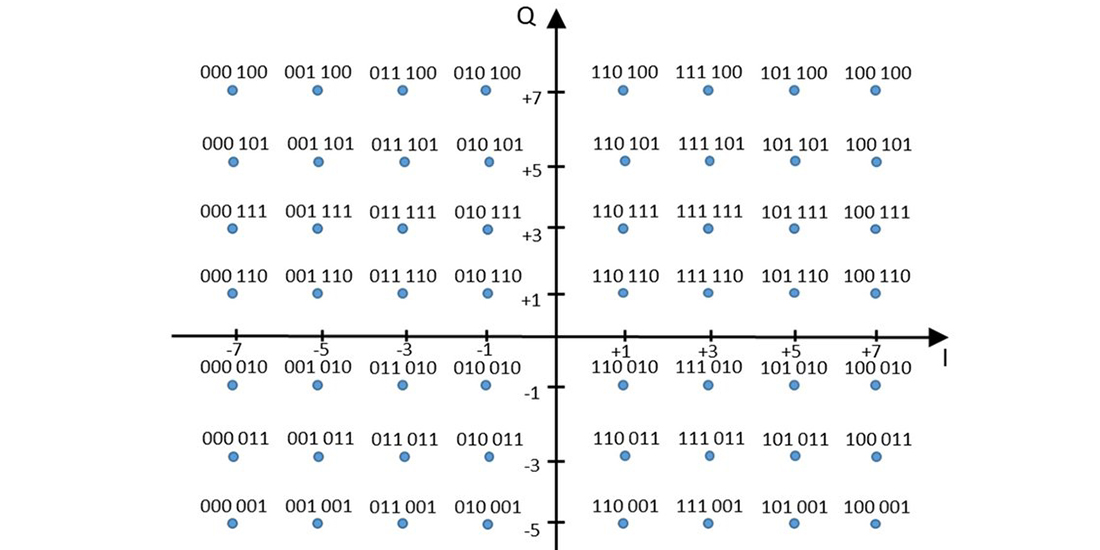
28 Apr 800Gb/s transmission and beyond
The race for faster and more efficient data transmission has been a never-ending quest in the telecommunications industry. As the world becomes increasingly digitized and data-intensive applications continue to emerge, there is a constant demand for higher data rates and better quality of service. This has led to the development of new technologies, such as 800Gbps transmission, which leads to unprecedented levels of capacity possible in a single fiber strand.
In recent years, hyperscalers, such as Google, Amazon, Microsoft, and Facebook, have been at the forefront of this transition to 800Gbps. These companies require enormous amounts of data transfer capacity to support their cloud-based services and the massive amounts of data that is transferred between data centers. The shift to 800Gbps enables them to significantly increase their data transfer speeds while reducing the amount of physical infrastructure required to achieve the same level of capacity.
The shift to 800Gbps transmission has been made possible by advancements in modulation formats, with 90Gbaud DP-64QAM being one of the most commonly used formats . DP-64QAM (Dual Polarization-64 Quadrature Amplitude Modulation) is a modulation format that uses 64 levels of amplitude and phase to transmit data, resulting in significantly higher spectral efficiency than traditional on off keying.
For the past several years, a number of vendors and network providers have trialed 800Gbps transmission. Most recent trials have been completed by Windstream in the United States, Infinera and GÉANT in Europe, Infinera and Telia Company in the United States and ADTRAN and NYSERNet in the United States.
Using Acacia’s coherent interconnect module, Wind犀利士
ream claimed a perfomamnce of 800G over a reach of 1,082km. Using Infinera’s ICE6 800G coherent technology, the pan-European data network for the research and education community (GÉANT) reported successful trial of 800G deployment in the research network, although the reach was not provided. In the U.S., between Denver and Chicago, Infinera and Telia Company reported successful 800G validation trial over Telia’s 2,396km network. Finally, Adtran and NYSERNet (New York State Education and Research Network) reported a successful 800G trial over2, 220km using Acacia’s Coherent Interconnect Module.
The transition to 800Gbps is a significant milestone in the evolution of optical transmission technology. With hyperscalers leading the charge, this technology is set to transform the telecommunications industry and enable the development of new data-intensive applications. Meanwhile, vendors and network providers continue to push the boundaries of what is possible with optical communications by developing 1.6Tbs technology while some are even looking at 3.2Tbps!
To learn more about advanced optical communication systems, consider joining the training on optical networking from Optical Technology Training (OTT).
Founder and Technical Director at FiberGuide, Lecturer, Scientist and Engineer. Passionate about optical networking and information and communication technologies. Connect with me on Linkedin – https://www.linkedin.com/in/jabulani-dhliwayo-1570b5b


Sorry, the comment form is closed at this time.